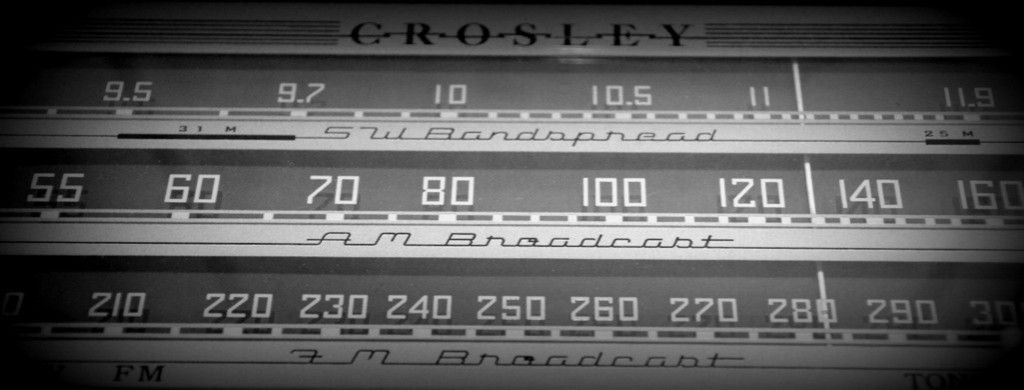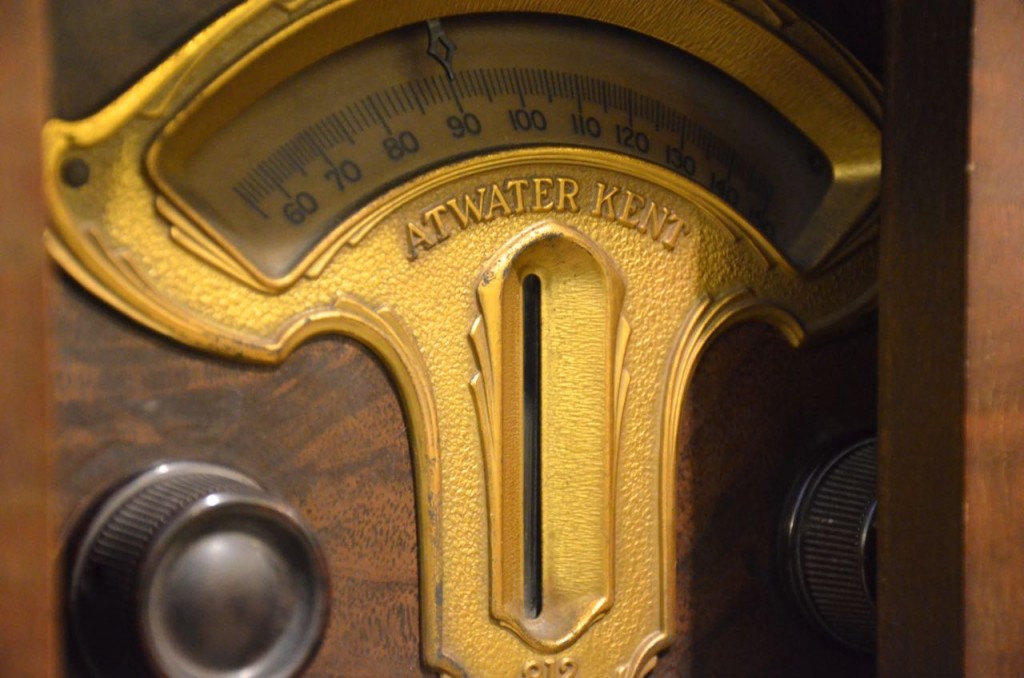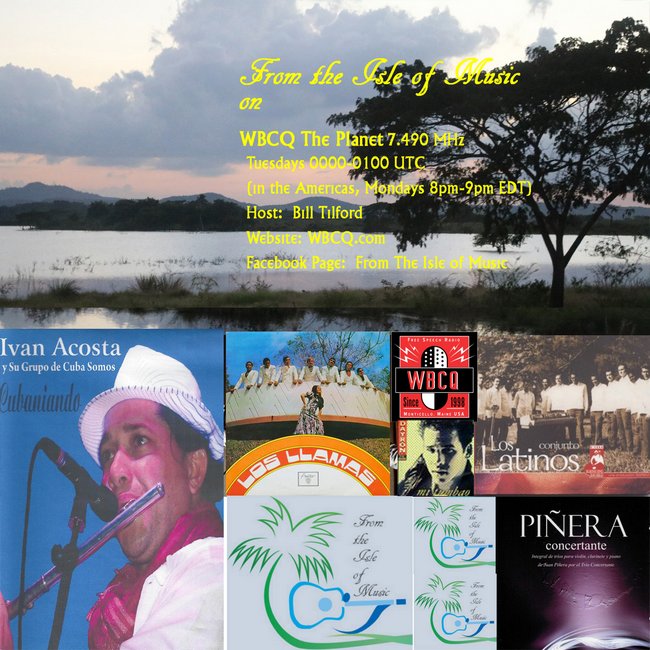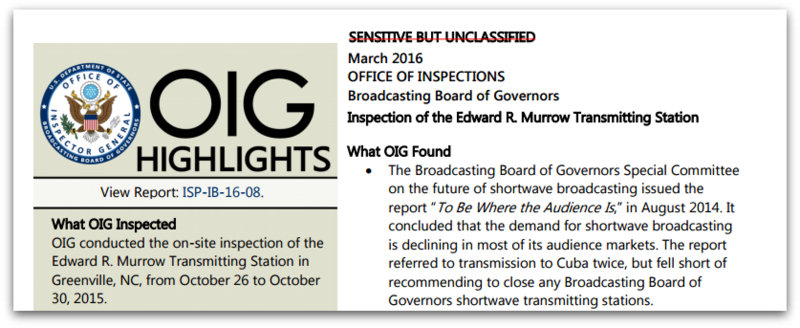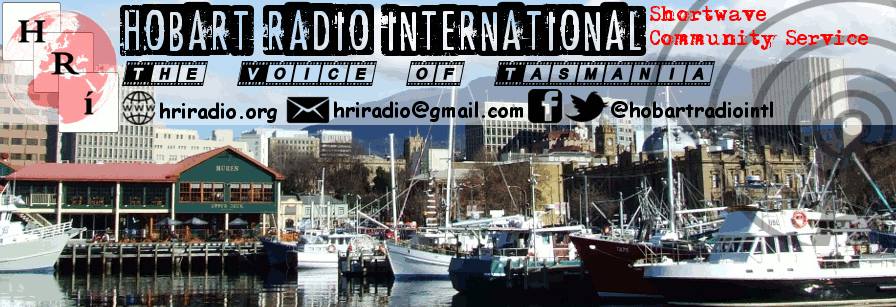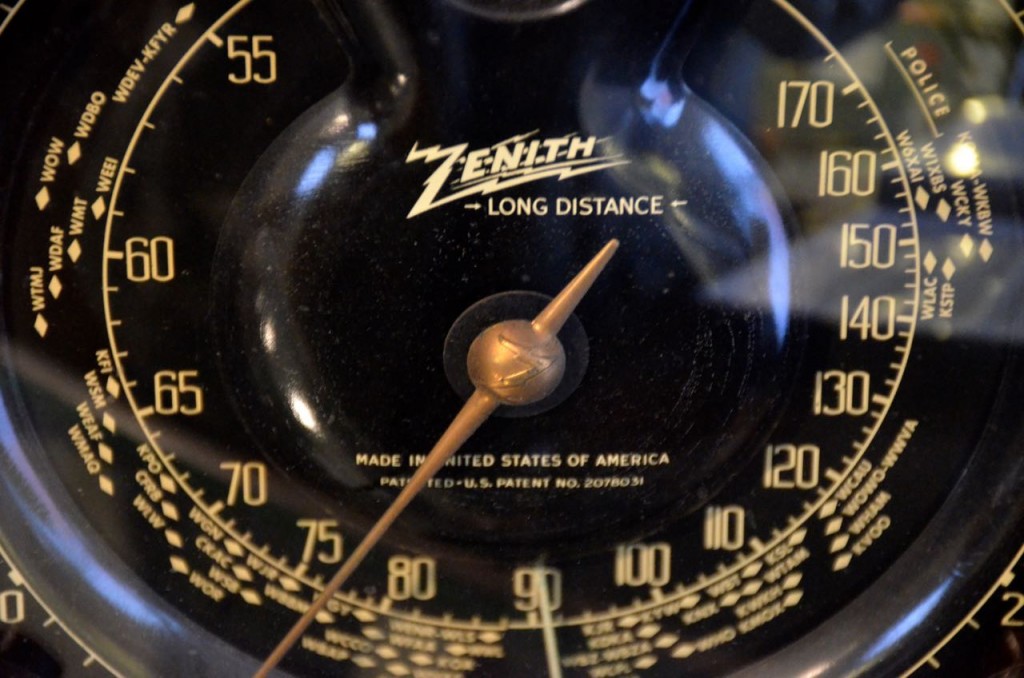 Many thanks to the SWLing Post reader who noted this latest post by Paul Litwinovich at WSHU (Paul is frequently referenced here on the Post).
Many thanks to the SWLing Post reader who noted this latest post by Paul Litwinovich at WSHU (Paul is frequently referenced here on the Post).
A short excerpt:
“AM occurs elsewhere in nature. A lightning strike or manmade electrical discharge will produce a burst of electrical noise that varies in amplitude. Since AM radios are designed to detect variations in amplitude, this is why they are prone to interference from such things. AM held sway as the primary method of modulating a radio wave up to WWII, not only for broadcasting, but for all types of radio communications.
Every vintage consumer radio, be it standard broadcast or shortwave, up to WWII, received amplitude modulated signals. Nowadays, AM broadcast stations are associated with lower quality audio, but such was not always the case. Receiver design really came of age in the 1930s with the superheterodyne circuit and advancements in loudspeaker design. The grand floor consoles of the late 1930s leading up to WWII were capable of producing audio that was very good, even by today’s standards, the only exception being that they were monaural, as stereo technology was still a ways off.”[…]
Litwinovich’s article is a must-read as he gives a concise overview of amplitude modulation, AM vs. FM, and even covers current proposed uses of the broadcast band (something we’ve also recently mentioned).
Click here to read The Life, Decline and Possible Rebirth of AM.

